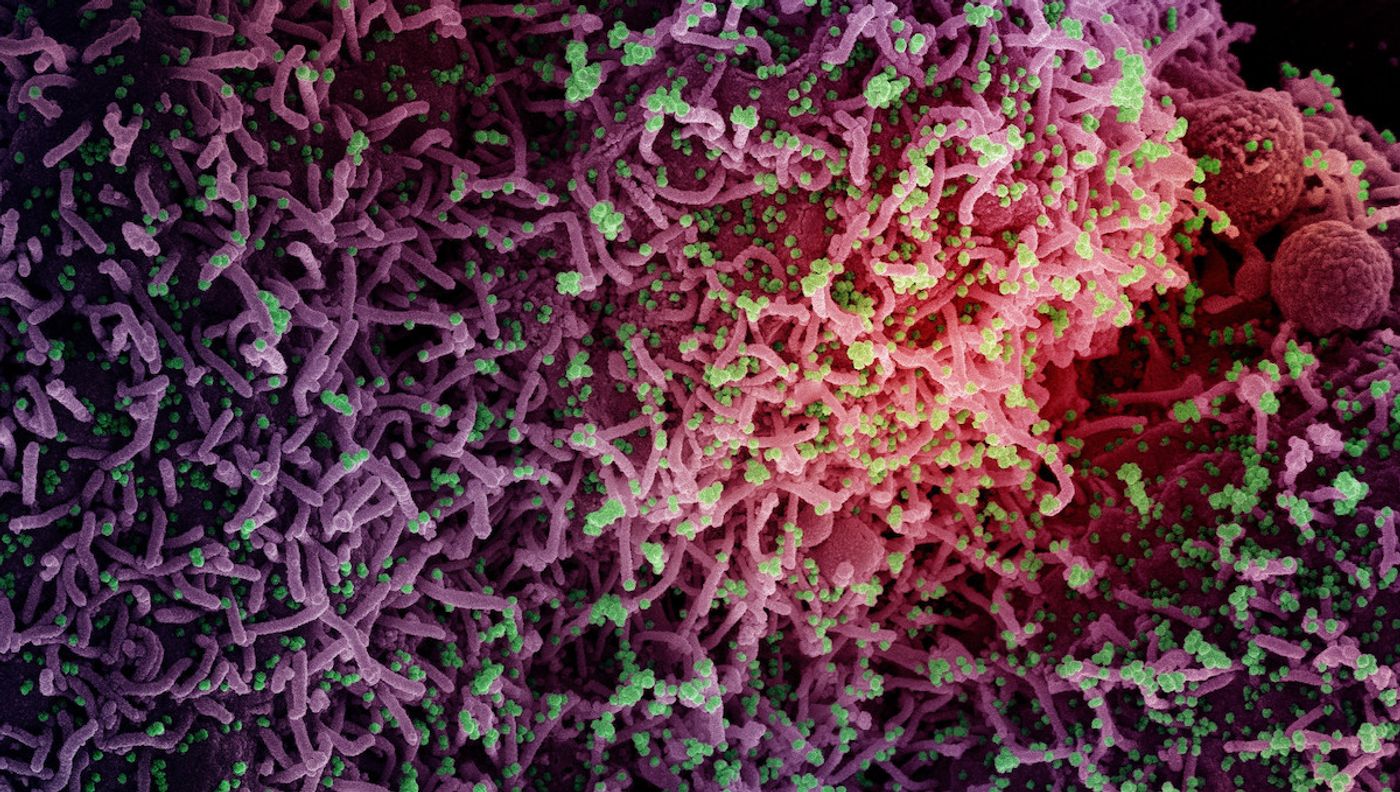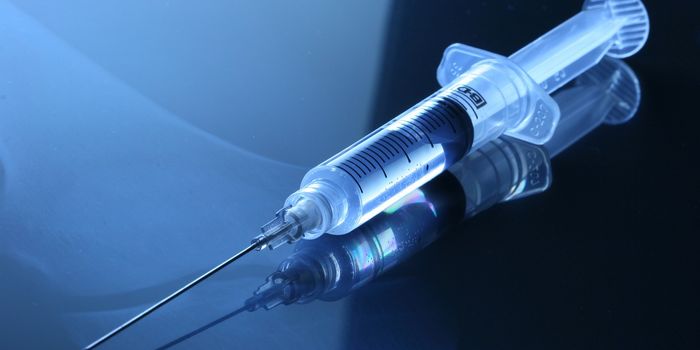COVID-19, MIS-C & Kawasaki Disease Lead to the Same Immune Response
The world has quickly learned that the SARS-CoV-2 virus causes COVID-19, and researchers began defining the condition, and looking for what causes it and how to prevent or treat it. Over time, scientists and clinicians also found that SARS-CoV-2 could impact children in a specific way, causing headaches, abdominal pain, rashes, and vomiting. Most children recover but for some of those pediatric patients, intensive care was required, and there have been fatalities. This collection of symptoms was termed multisystem inflammatory syndrome in children (MIS-C).
MIS-C was noted for its similarities to another rare illness called Kawasaki disease (KD), which primarily impacts children and is thought to be triggered by infections and environmental factors. KD can cause heart attacks and coronary artery aneurysms. Researchers have now shown that MIS-C and KD lead to the same immune response that COVID-19 does, though MIS-C is more severe. The findings have been reported in Nature Communications.
Researchers wanted to discern between the inflammation seen in MIS-C and KD, so they obtained samples of blood and tissue from patients. Gene expression was assessed, focusing on biomarkers of both conditions, and the researchers used computational tools to look for patterns. There are some differences in the clinical parameters. This study could lead to better treatments for patients.
The research team has also identified 166 genes that are expressed when cells are experiencing a viral respiratory disease, and a subset of those genes are associated with the severity of the disease. There is also a genetic signature that applies to MIS-C and KD, which indicates that there is a shared mechanism underlying the diseases; that mechanism appears to related to a quick release of IL15/IL15RA cytokines.
A separate group of 13 genes that is used to identify KD was also assessed. When computers were trained to identify that genetic signature, it was unable to differentiate between KD and MIS-C; the genetic signatures were basically indistinguishable from each other.
“We were not expecting that,” said co-corresponding study author Pradipta Ghosh, MD, a professor at UC San Diego School of Medicine. “We analyzed MIS-C and KD through the lens of two distinct gene signatures, and both experiments told us these diseases are closely related.” The signature probably represents different aspects of one broad immune response, Ghosh added.
As far as the differences between the disorders, they are subtle. For example, blood platelet and eosinophil counts are lower. Serum cytokines are elevated in both diseases, but certain ones were a bit higher in MIS-C compared to KD.
There are existing drugs that target some of those elevated cytokines, noted the researchers. Some, like those that aim for TNFα and IL1β, are already approved for use in the US, and are being tested as MIS-C treatments.
Sources: University of California (UC) San Diego, Nature Communications









